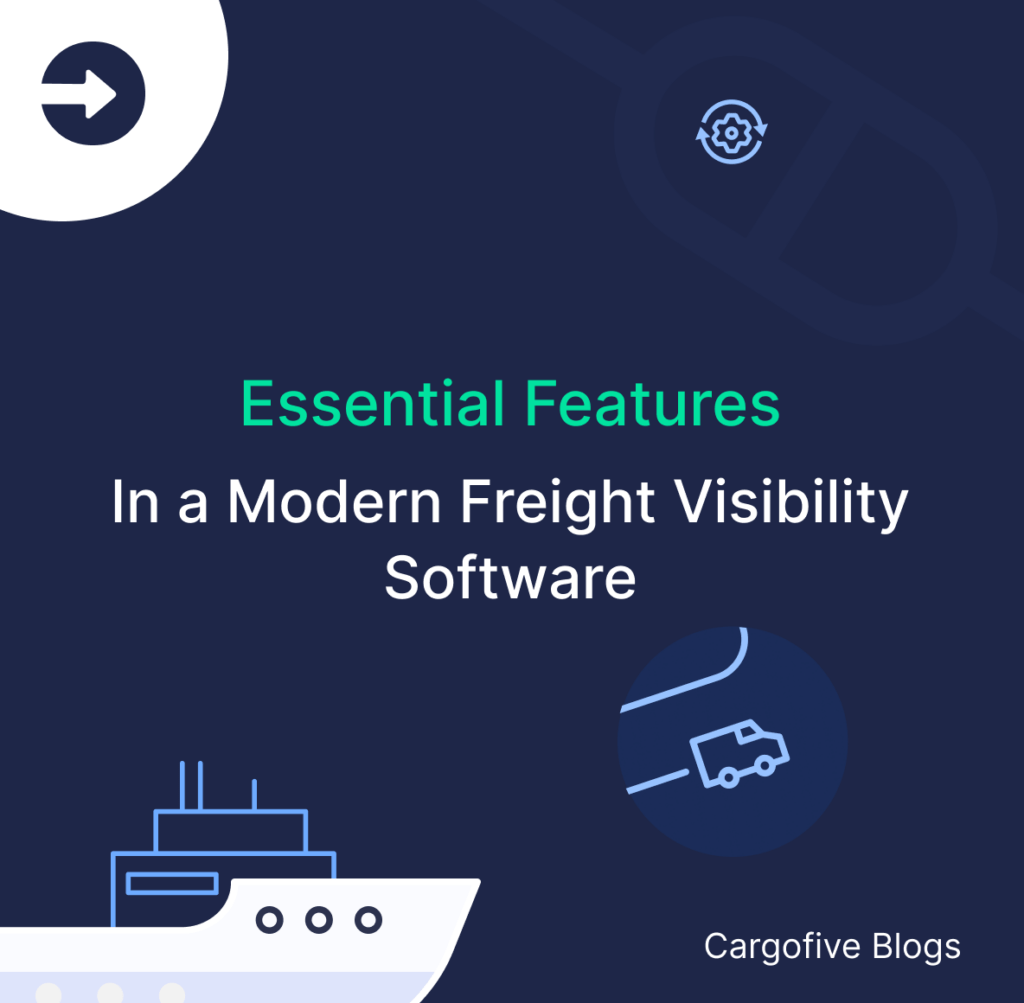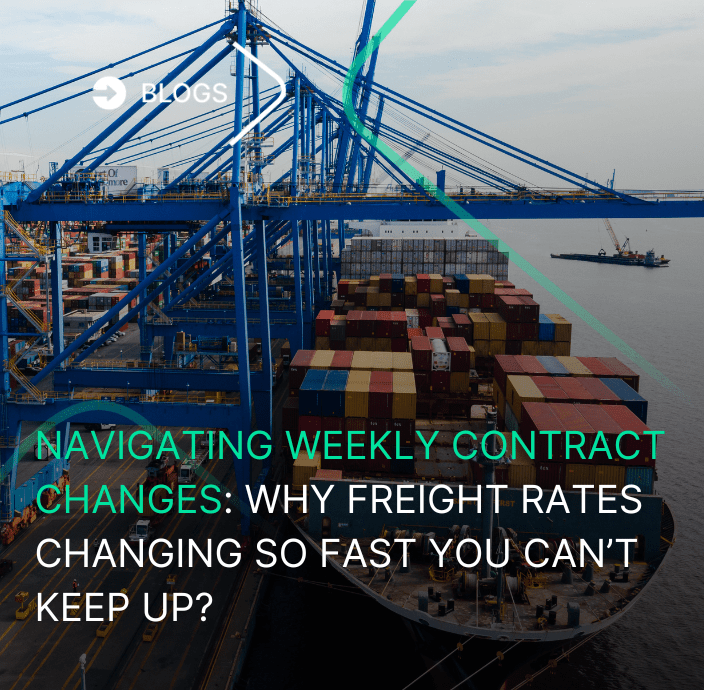Meeting market demands is an altogether effort with all parties involved in the maritime industry. The “smart industry” promises an easy and low-cost effort, incorporating technology and innovation. What is this new maritime industry?
The maritime industry 4.0 is part of the fourth industrial revolution, where technology, innovation, and use of data converge. Unlike its predecessors, it develops faster and it’s in every aspect of the industry, which means a huge change in the way we move, communicate, and work.
What is the maritime industry 4.0?
This new industry includes processes like Digital Supply Chain, Digital Manufacturing, Digital Logistics, and Digital Business Planning. Thus, the use of technology is aimed to generate circular supply chains where value is added in every link, integrating all the aspects of digitization.
Besides, its goal is to integrate all these elements to achieve more visibility, transparency, and agility in every logistics process. This means a significant increase in efficiency thus in profit margins. Therefore, barriers are broken down and companies are able to reach new markets and take on new challenges.
This is also the reason for ports reinvention: ports 4.0. They started to implant digital management models to meet efficiency, economics, security, and environmental compatibility demands. In Spain, for example, there have been initiatives already to promote these innovations, like the capital funding Ports 4.0 to attract, support, and facilitate the talent application and entrepreneurship in the logistics Spanish sector, public and private*. This way, ports achieve more competitivity in a globalized economy context.
Moreover, in the maritime industry 4.0, the combination of the digital world with the physical one is possible due to the Internet of Things (IoT), which is an important component. We can actually say that the IoT is the heart of this industrial advance because it interconnects devices and objects through a network, which increases productivity and reduces the processes’ time. So, devices interact without human intervention and the interaction is machine to machine (M2M).
The truth is that the maritime industry that we all know evolved, and there’s no doubt that it will continue to evolve in the next years. This forces us to actively face the new dynamics of the sector with decisions that mean the application of new technologies and innovative processes, like e-Pricing. This would be the easiest way to join the digital transformation and to take advantage of its benefits. The maritime industry revolution is our opportunity!
*Source: Puertos del Estado
AUTHOR



